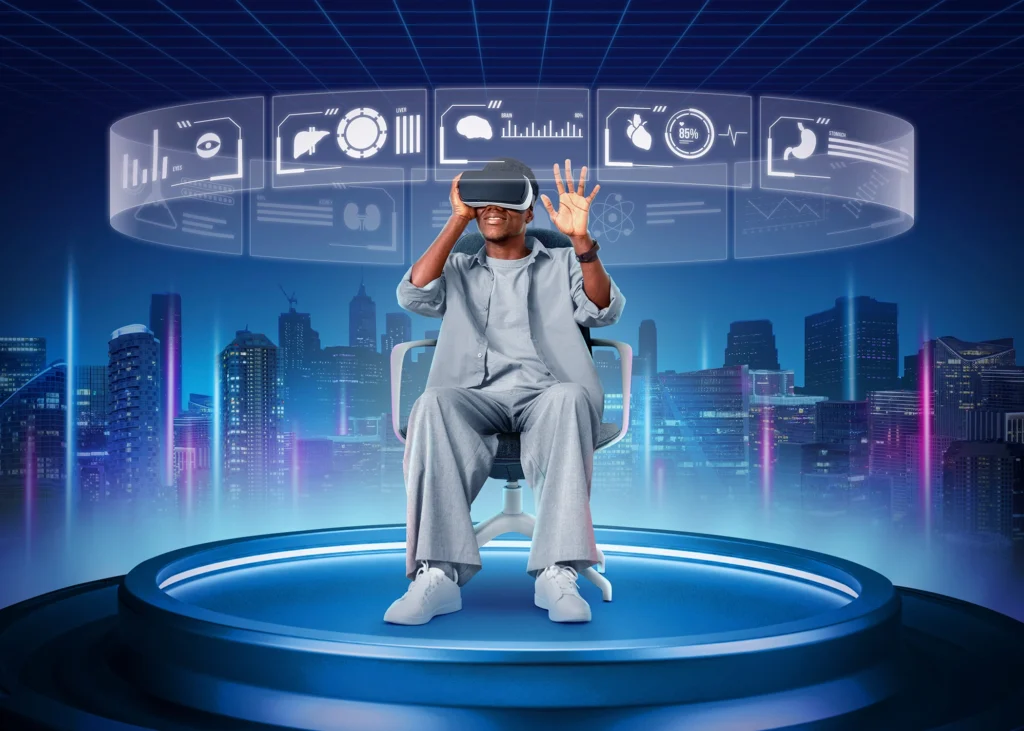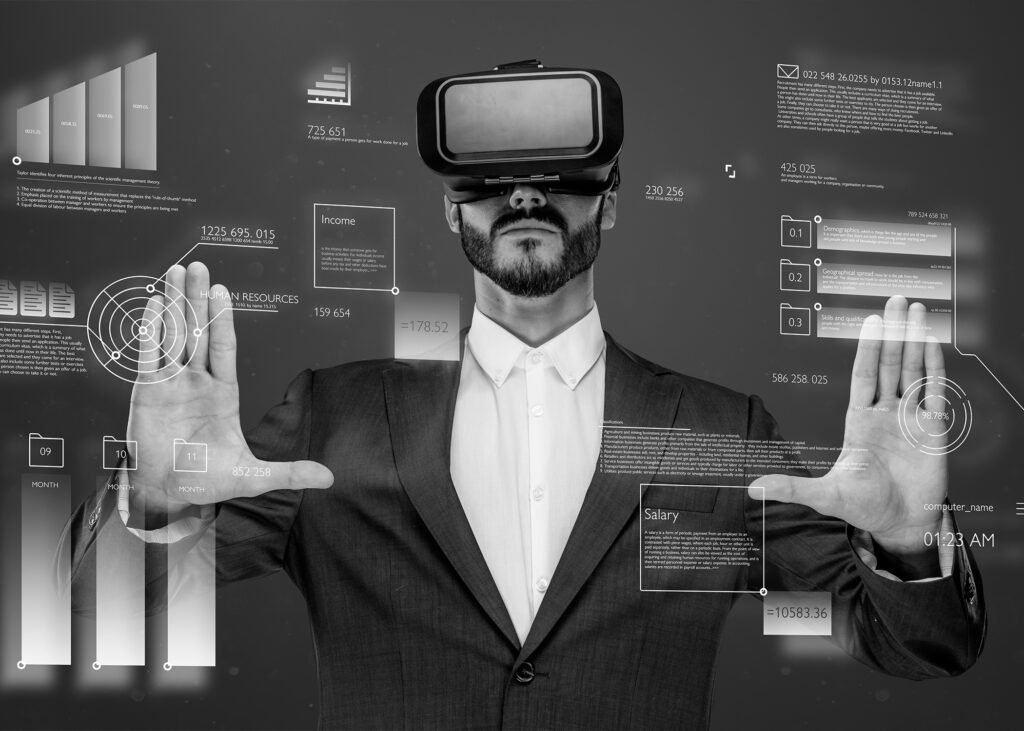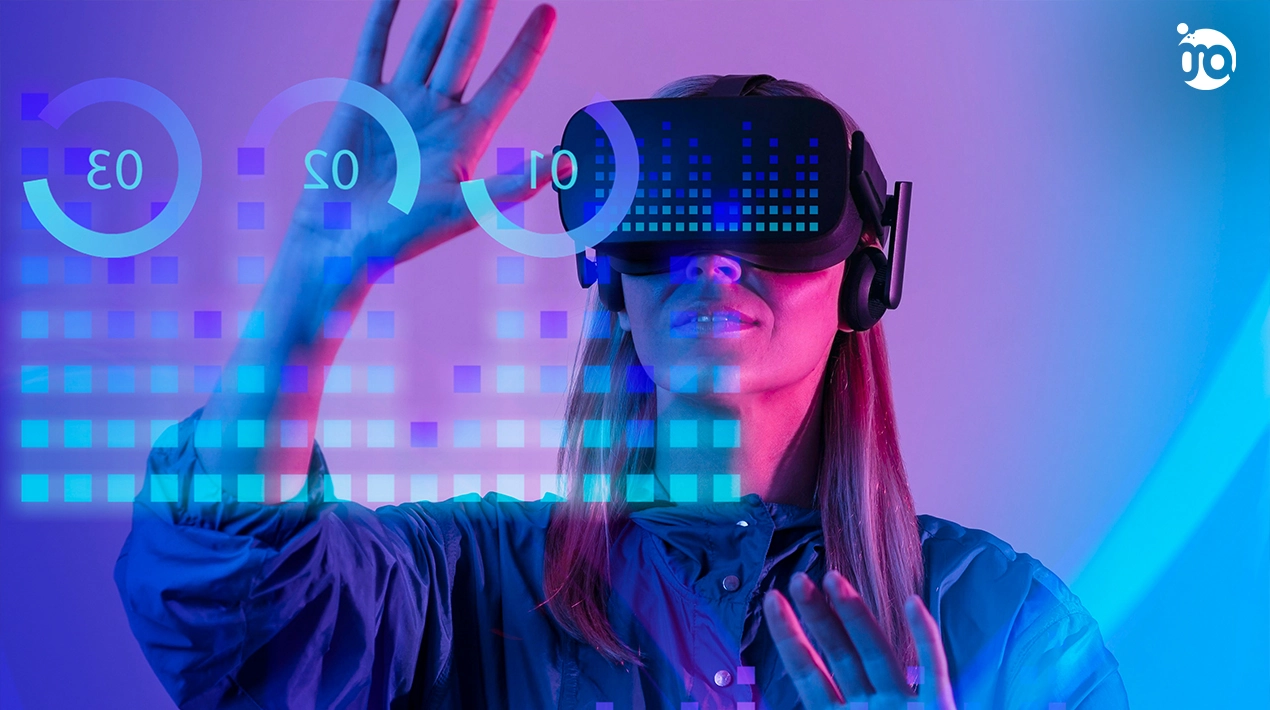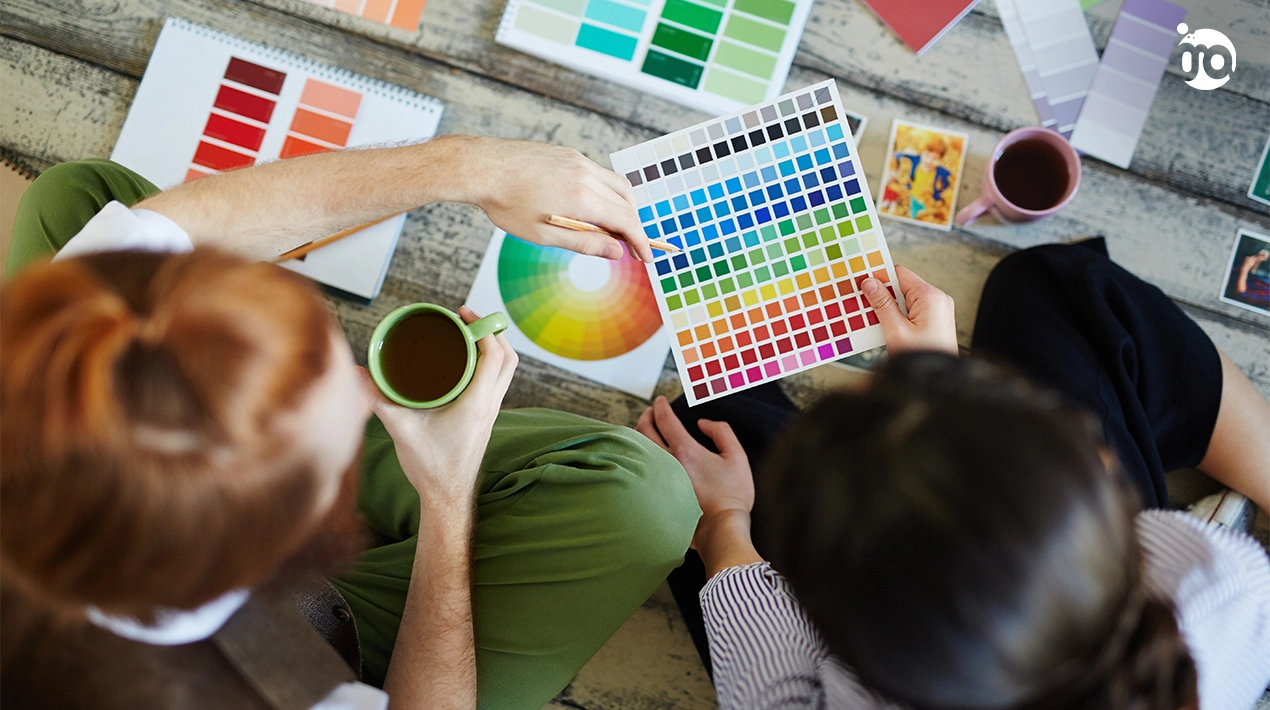Table of Contents
Introduction
The rapid advancement of AI is causing a wave of change in the dynamic field of graphic design, changing the landscape at a rate never seen before. For a moment, picture a tool that could envision and produce intricate drawings in a matter of seconds, whereas it used to take hours or days. Science fiction is no longer relevant in this context. AI-powered design tools are transforming human creativity rather than merely enhancing it. They’re allowing designers to venture into unexplored creative spheres by providing nearly instantaneous translations of abstract concepts into tangible images.
Consider AI-driven logo generators, for example. These tools may generate a multitude of logo choices that are customized for individual brand identities by combining machine learning algorithms with design principles. This is about more than just saving time; it’s about unleashing a creative potential that might have stayed undiscovered in the first place. But there’s a fine line in the balance. The designer’s job is changing from creator to curator as we use these AI tools, sorting through AI-generated possibilities to find the ideal match.
VR and AR in Design
Virtual and augmented reality are becoming indispensable tools for graphic designers, not just for gamers and tech aficionados. Put on a virtual reality headset and see yourself entering and exploring your design in three dimensions. This is a current reality rather than a dream from the future. With the use of programs like Adobe’s Aero, designers can now create immersive experiences right from their PCs using augmented reality.
Designers can physically “draw” in three dimensions using VR apps like Gravity Sketch, which transforms the environment around them into a canvas. This technology is a new design language as much as a new media. It’s about escaping the confines of the two-dimensional screen and investigating an entire.

Feedback
With good reason, haptic feedback technology is becoming more and more popular. With its ability to replicate touch through motions and vibrations, this technology is expanding the possibilities for visual design. Imagine a digital pen that can simulate various textures, providing a more tactile experience for designers while they work. It’s important to feel the design as much as to see it.
This technology is a tool that can significantly improve the design process, not just a unique idea. Haptic feedback bridges the gap between the physical and digital worlds by imitating the physical interaction with materials, giving digital production a more realistic and nuanced quality.
AI-Powered Background Removal
Amidst these revolutionary developments, the demand for tools that streamline the design process is rising. Let us introduce you to the world of AI-powered background removal, a technology that graphic designers now find necessary. It’s about reducing the amount of time-consuming, tiresome work so that creatives can concentrate on more important projects.
Vista’s free background remover is particularly noteworthy in this regard. With the use of this program, topics may be easily removed from their backgrounds, leaving a blank canvas for additional creative experimentation. It’s important to create an environment conducive to creativity rather than merely eliminating backdrops. The application from VistaCreate is an excellent example of how AI can expedite the design process and help designers realize their ideas more successfully.

Design Tech
As we marvel at these technical developments, the topic of sustainability in graphic design is becoming more and more popular. How can we use this technology while being conscious of the impact we have on the environment? Both the materials we employ and the approach we design hold the key to the solution. For example, recycled materials and eco-friendly inks are showing up more and more in physical designs.
However, longevity and efficiency are just as important aspects of sustainability in design as are materials. Waste can come from both digital and physical resources, and it can be decreased with the use of technologies that allow for more accurate and efficient designs. As designers, we have an obligation that goes beyond the canvas and includes the environment in which the canvas is created.

Conclusion
The future of graphic design is not only about accepting new tools; it’s about redefining our connection with them, as we stand at the intersection of technology progress and creative expression. The coming together of AI, VR, AR, and other cutting-edge technology is changing not only how we design, but also what it means to be a designer. Using these instruments to enhance rather than suppress our creative impulses is crucial. The job of the designer as a visionary, a strategist, and a storyteller is more important than ever in this quickly changing landscape.
Frequently Asked Questions
More gradients that employ eye-catching 3D effects, organic shapes, and vivid hues. The programs or software that graphic artists utilize as tools are what they use to create their artwork. Graphic designers can increase their effectiveness, output, and creativity with the use of tools.



